Six of the World’s Best Listening Bars
By Joel HartBaroque-era features overlay cracked concrete on the exterior of a venue on a windy side street of Tokyo’s Shibuya district. As its front hints, this is no ordinary place. Inside Lion Café are velour seats facing an ornate altar on one side of the bar; with wooden speakers of impeccable acoustic quality sitting atop the bar like an organ, and a bust of Ludwig Van Beethoven positioned just in front. Originally opened in 1923 by Yamadera Yanosuke, the café had always been a centre for devotees of classical music. Today, music can be requested outside the hours of 3 p.m. to 7 p.m., but those hours are reserved for the Lion Concert, where audiophiles can sit and mindfully appreciate sonic bliss, as curated according to the printed set list on their table.
Meikyoku kissa (classical music cafés) like this eventually morphed into the new category of jazz kissa (jazz cafes), which emerged as a labyrinth of minuscule venues dotted around the city. They quickly spread across Japan, with some of the most celebrated the aptly named Coltrane Coltrane, Tosu, and Mingus in Fukushima, Bop in Hokkaido, as well as Genius, Paper Moon, and Pithecanthropus Erectus in Tokyo. Some have opened with a focus on electronic music; Oath, Bonobo and Koara are three of Tokyo’s best small venues that specialise in electronic music, shifting the genre from somewhere to practice listening and stillness, to places to dance. They generally aren’t famous for their food, though Tokyo’s Masao has gained a reputation for its curry and rice.
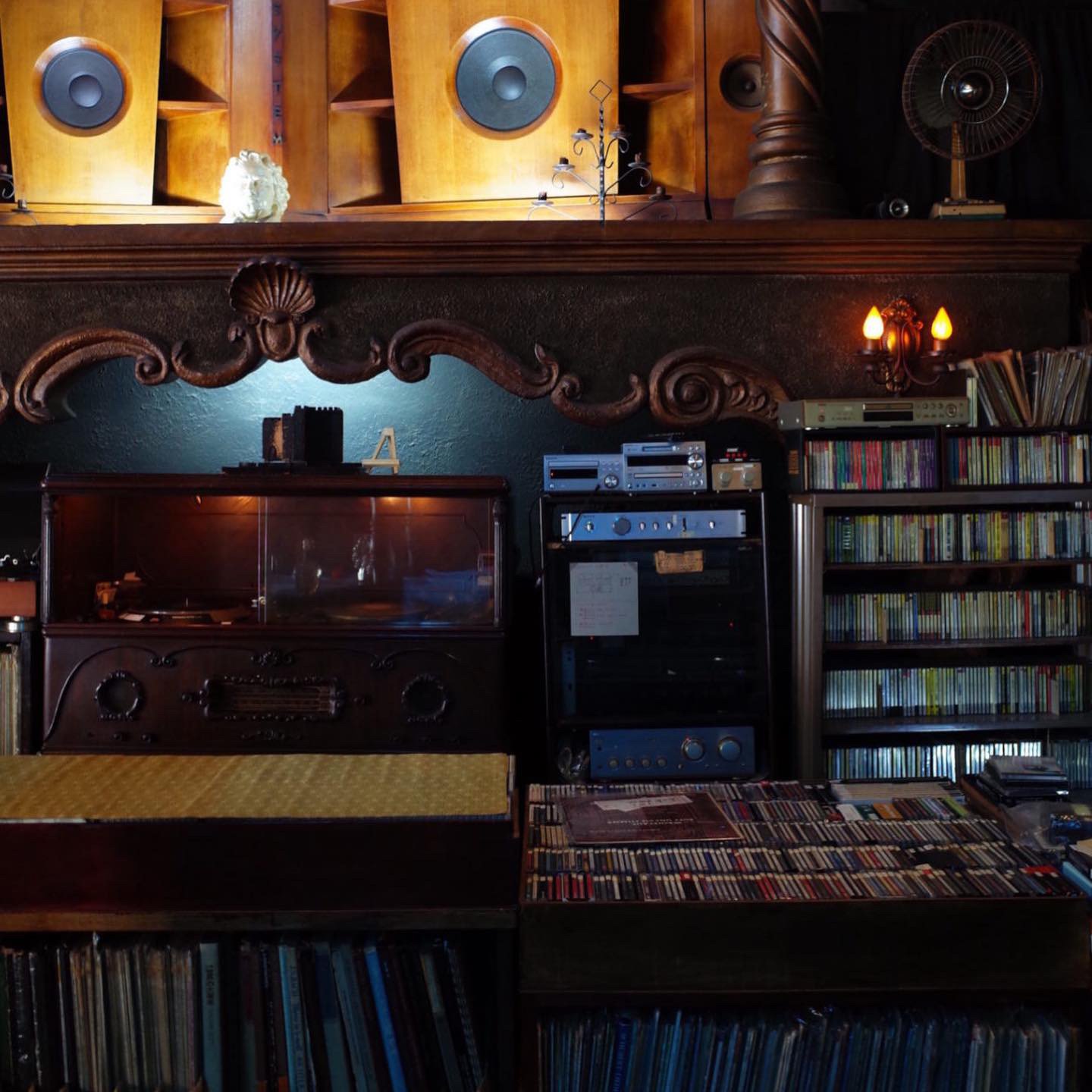
In the last decade, kissa bars began to pop up in cities outside of Japan, with the phenomenon really taking off in the last couple of years. Sound systems might be prioritised, but ambitious food and drinks programs have often accompanied them, usually interlaced with Japanese themes.
Outside the context of Japan, where folk don’t ordinarily have the patience to check in to sound as wholeheartedly, the main nods to kissa-culture are in the shrine-like layout of the DJ booth, a significant display of vinyl records behind or around it, a strong element of wood in the bar’s design, and music curation that includes some jazz.
Spreading across continents, here are some of the best to emerge in recent years:
Eavesdrop, New York
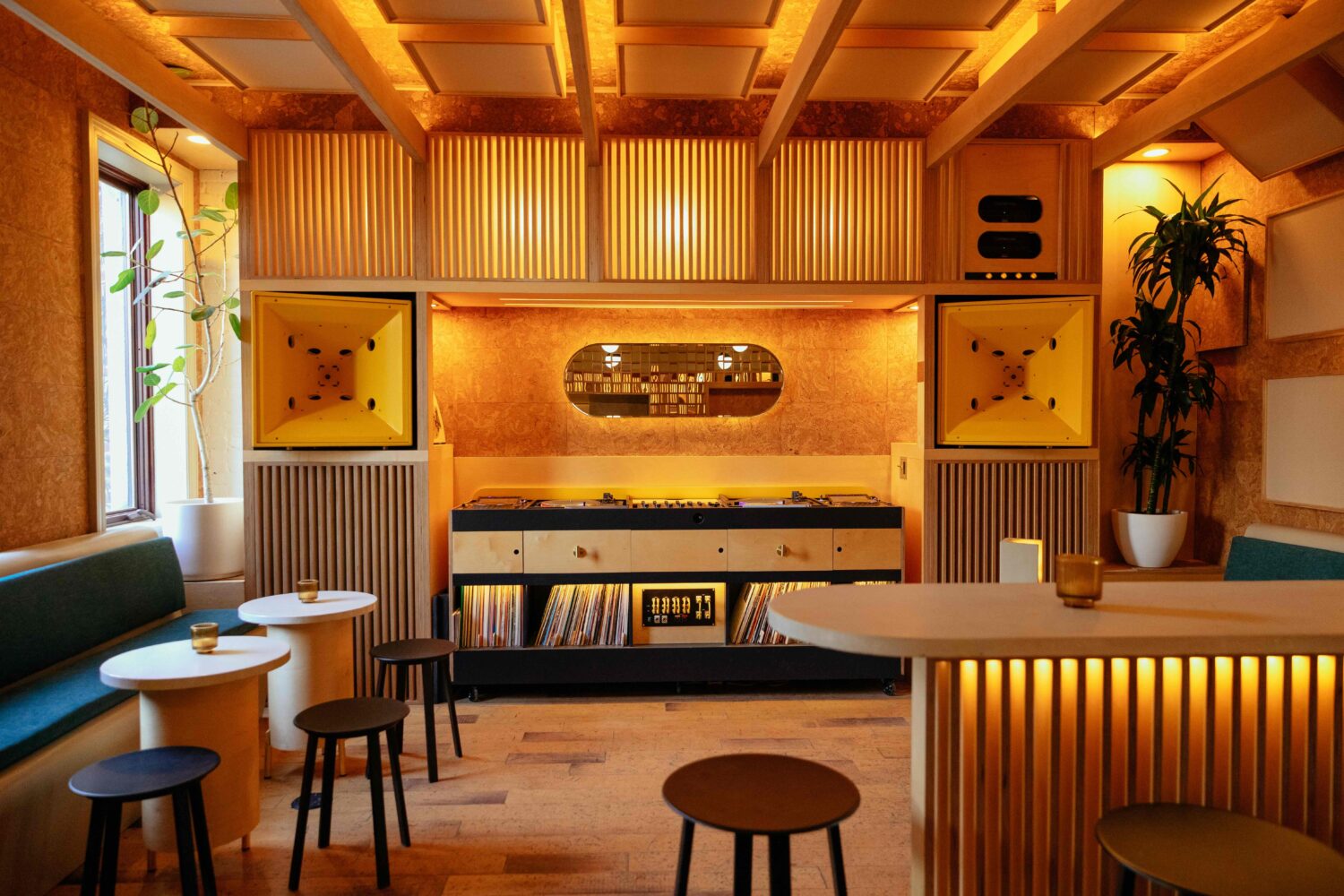
Brooklyn’s Eavesdrop offers a sleeker aesthetic than the average Japanese kissa. Antique pine wood lines the walls of the sound system, which includes two Danley SH60s, with Seaton Submersive S2 subs underneath, and a pair of Bryston SST amps. The bar is seated-only to limit mingling and ensure a great acoustic treatment. Its offers a very New York-style Japanese-fusion menu, partially inspired by one of the owners’ experiences of Japanese food (he’s half-Japanese), with small plates dishes like furikake and kewpie egg salad on challah, and grits alla congee with bacon crumble, parmesan, chilli crisp, and everything bagel seasoning. Drinks also pay tribute to Japan with the She-So-Rye, which contains a shiso-infused rye, clairin communal, giffard banana liqueur and sweet vermouth. The bar works with local record stores The Mixtape Club and Brooklyn Record Exchange, from who it buys records to play on Wednesday evenings. The rest of the program is devoted to DJs and curators across genres, with the aim to steer away from club music.
674 Manhattan Ave, Brooklyn, NY 11222, United States
Spiritland, London
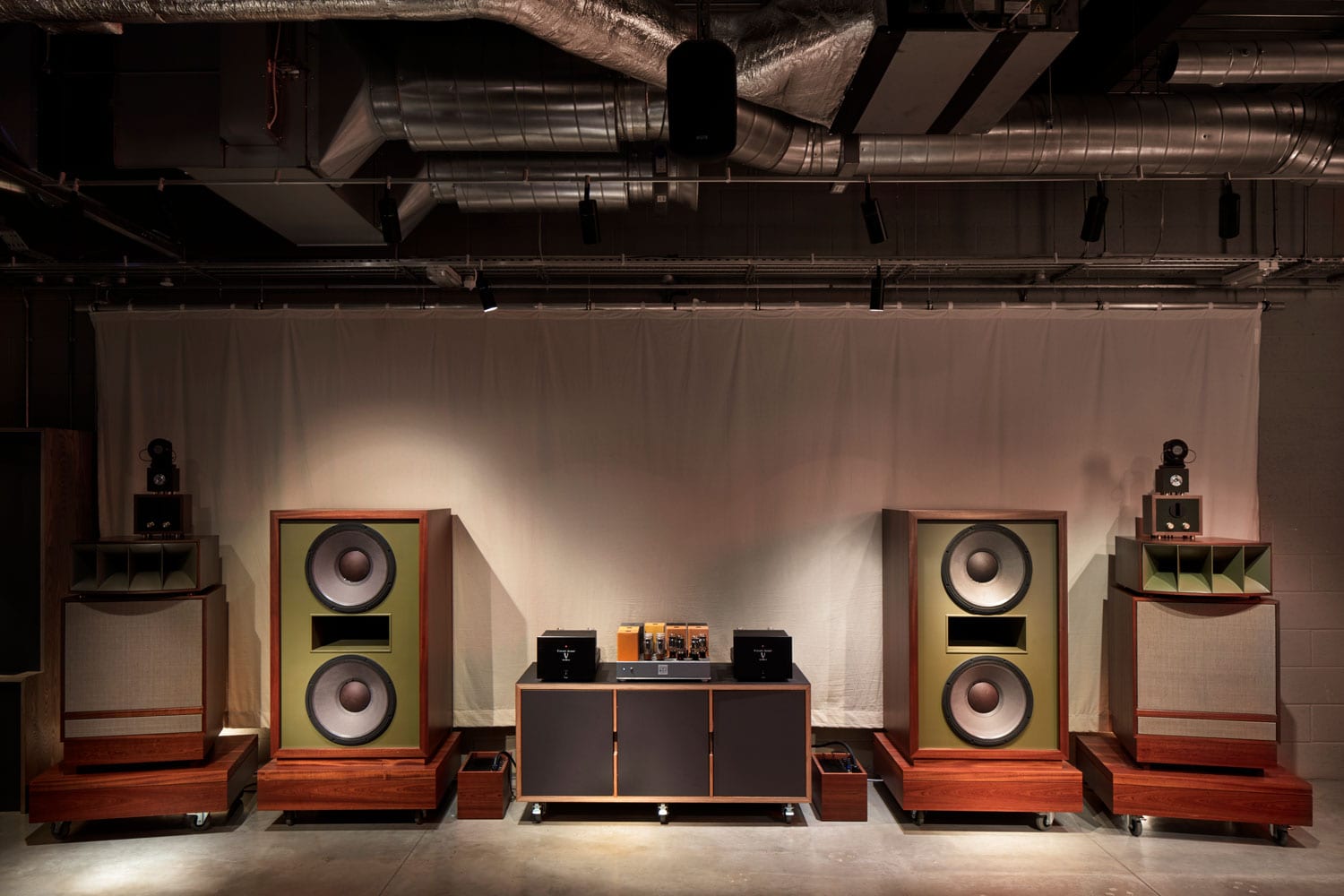
Located in a converted railway arch in a re-developed area of London, and with a ceiling lined with silver pipes, the place doesn’t immediately scream kissa-bar, but once you look beyond the facade, Spiritland is one of London’s most sincere reinventions of the genre. Not just because the rest of the bar, DJ booth included, is layered with wood, though that is tastefully done, but rather because there is a significant focus on sound. The olive green speakers at the left side of the room are as strikingly beautiful to look at as they are to listen to, and there are even mini Tannoys in the toilets. The programme features plentiful ‘deep listening’ nights, as well as venturing into more experimental electronic genres. The cocktails too are on point, with a highball section featuring Japan-themed drinks, such as the ‘Genmaicha Spritz,’ made with the brown rice green tea of its name, Haku vodka, yuzu, pear and lemon. It is the creative Negroni section, however, that’s really worth exploring.
9 – 10 Stable St, London N1C 4AB, U.K.
Bambino, Paris
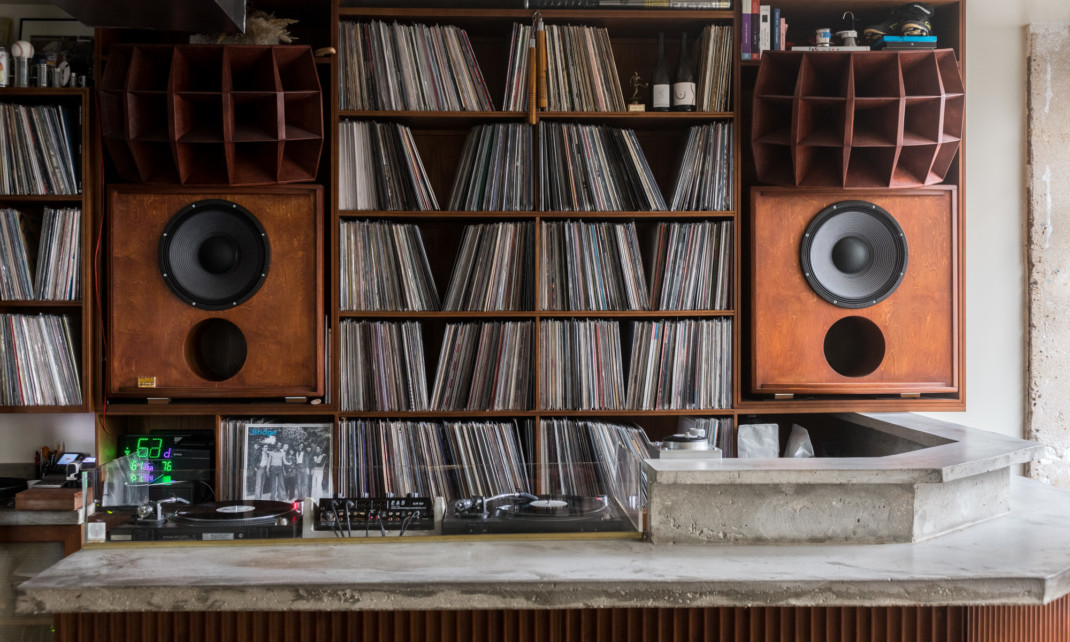
A broodier, walnut temple with an impressive collection of vinyl sits behind the DJ booth at Bambino. If you arrive on weekend nights, it has the energy of a small club, but it is serious about its inspiration by jazz kissa, promoting Bambino’s musical identity mainly through jazz records, whether the gospel-inspired soul jazz of Chester Thompson, or classic bebop from Miles Davis. Since we’re in Paris, it’s not surprising to see a fantastic selection of natural wines, alongside a menu that takes inspiration from Japan, in the likes of a tamago sando (egg mayo sandwich), which uses kewpie mayo to flavour the egg, and milk bread to hold it together. There is also sake and an excellent cocktail menu also paying homage to Japan, with yuzu often making an appearance in drinks, and a highball section featuring an umeshu version.
25 Rue Saint-Sébastien, 75011 Paris, France
Arkestra, Istanbul
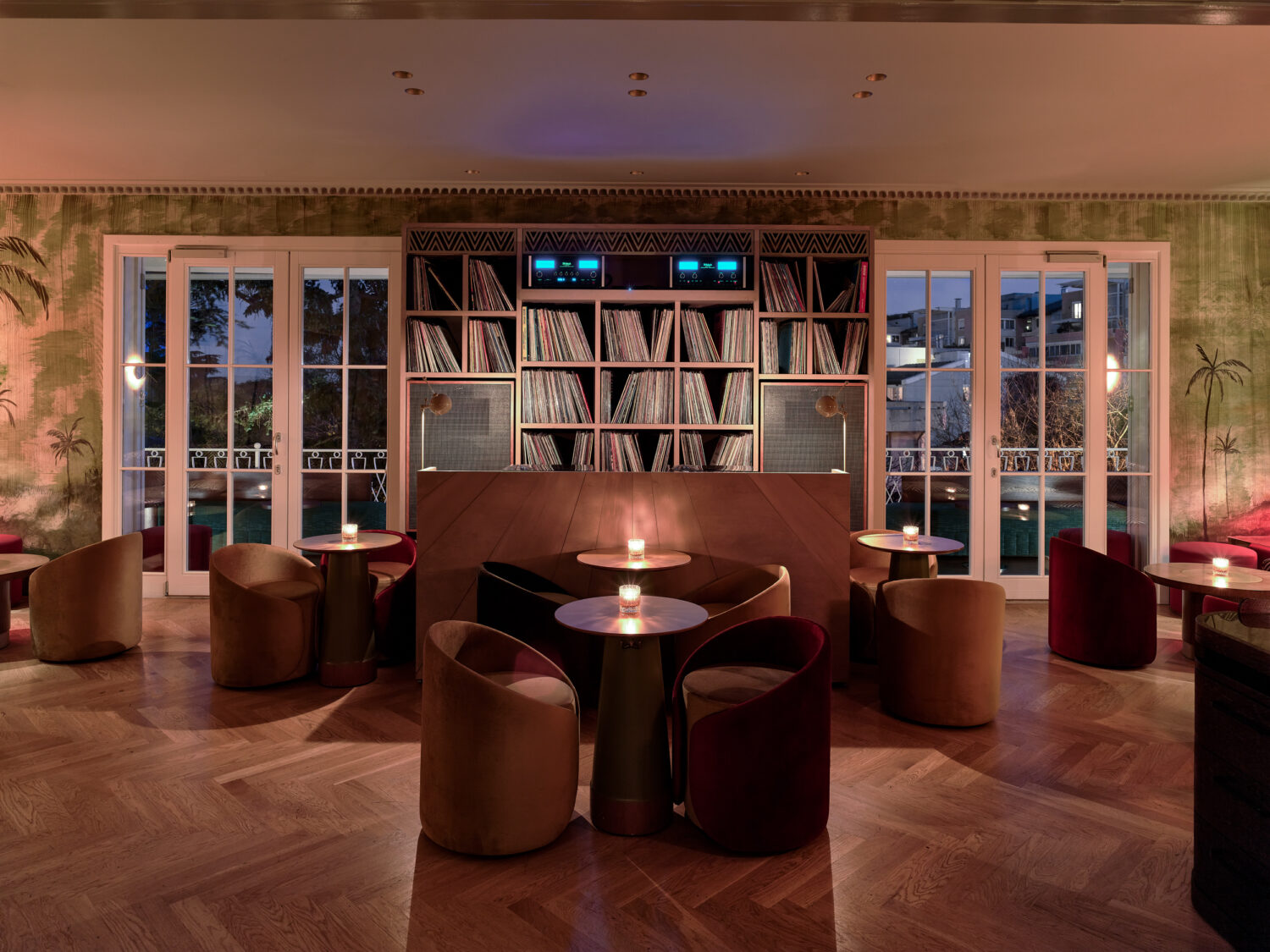
A co-founder of Arkestra, one of Istanbul’s Michelin-starred restaurants, was a former music business executive and NTS Radio host, so decided an audiophile bar would be an essential component of the restaurant’s fit-out. While the design – with its palm tree mural on the walls and low cocktail tables – does not shout east-meets-west, the dim lighting, vinyl collection and music program gives the bar a decidedly Turkish spin on the kissa genre. As well as celebrated Turkish DJ Barış K, the line-up has included Chicago disco legend Sadar Bahar, Mexican record collector Coco Maria, and a surprise appearance by hip-hop legends Mos Def (Yasiin Bey) and Brother Ali. The Arkestra Margarita includes a togarashi tajin alongside tequila, mezcal, lemongrass, coriander, and agave.
Etiler, Dilhayat Sk. No:28, 34337 Beşiktaş/İstanbul, Türkiye
Matiz, São Paulo
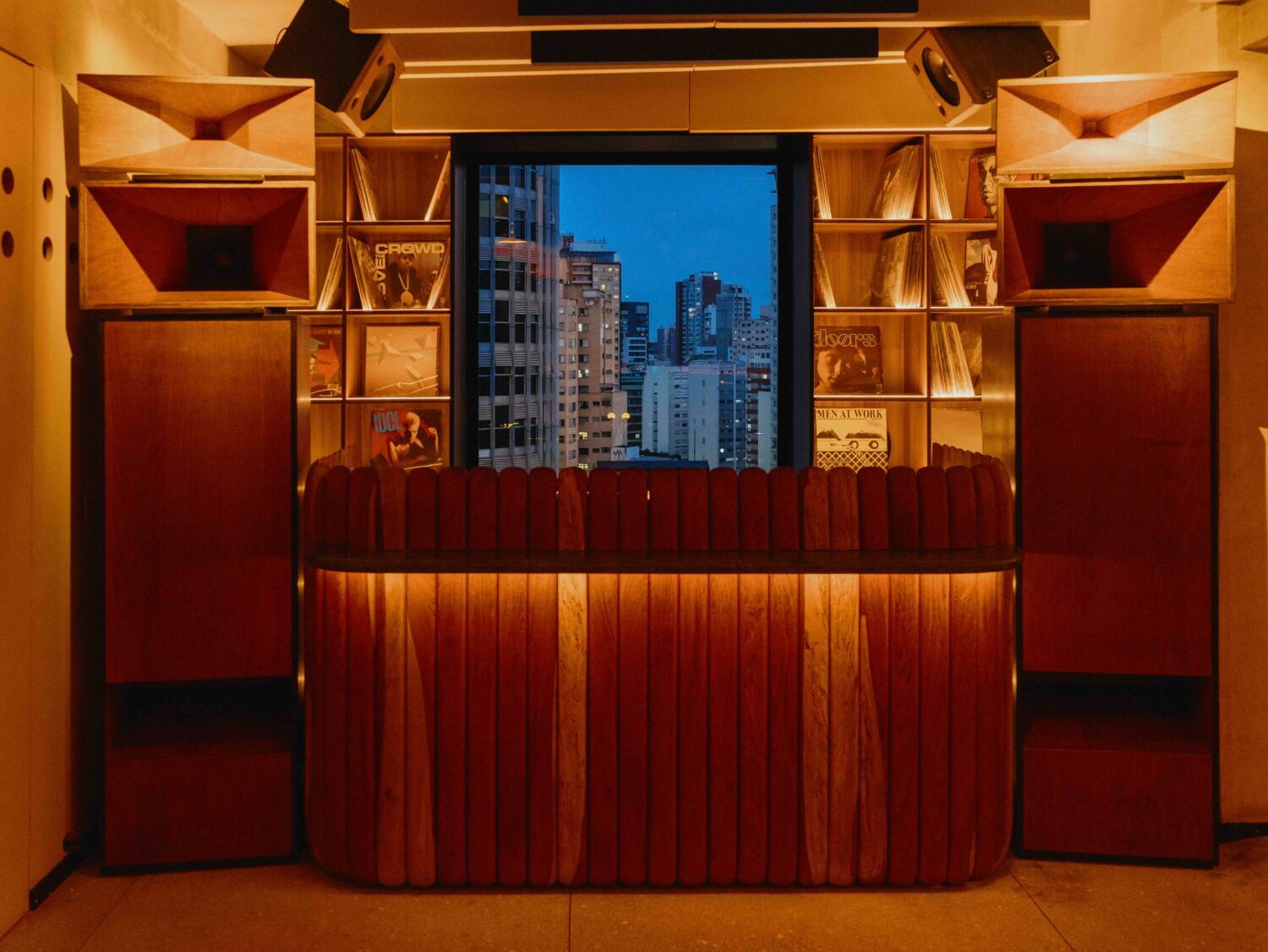
There is a certain deep, moodiness to the design at Matiz, with zig-zag panels lining the ceiling to give the space an organic feel. The sound system, designed by CORE, is a homage to the three-way sound systems of the seventies, and was customised according to the room’s dimensions. It has a transmission line sub-design, which is more suited to organic material and well-defined lows. The program at Matiz relies more on moods and what they call ‘temperatures’ than specific genres, with the beginning of the week offering ‘colder’ vibes with improvisational live sessions, curated playlists and more organic sound, with Thursday onwards featuring electronic and dance music. Still, the aim is for individuals to be able to sit and enjoy the music too. There is a large focus on Brazilian artists, with local acts DJ Nuts, Millos Kaiser, Trepanado, Vermelho and DJ Magal.
R. Martins Fontes, 91 – República, São Paulo – SP, 07400-550, Brazil
One Park Listening Bar, Capetown
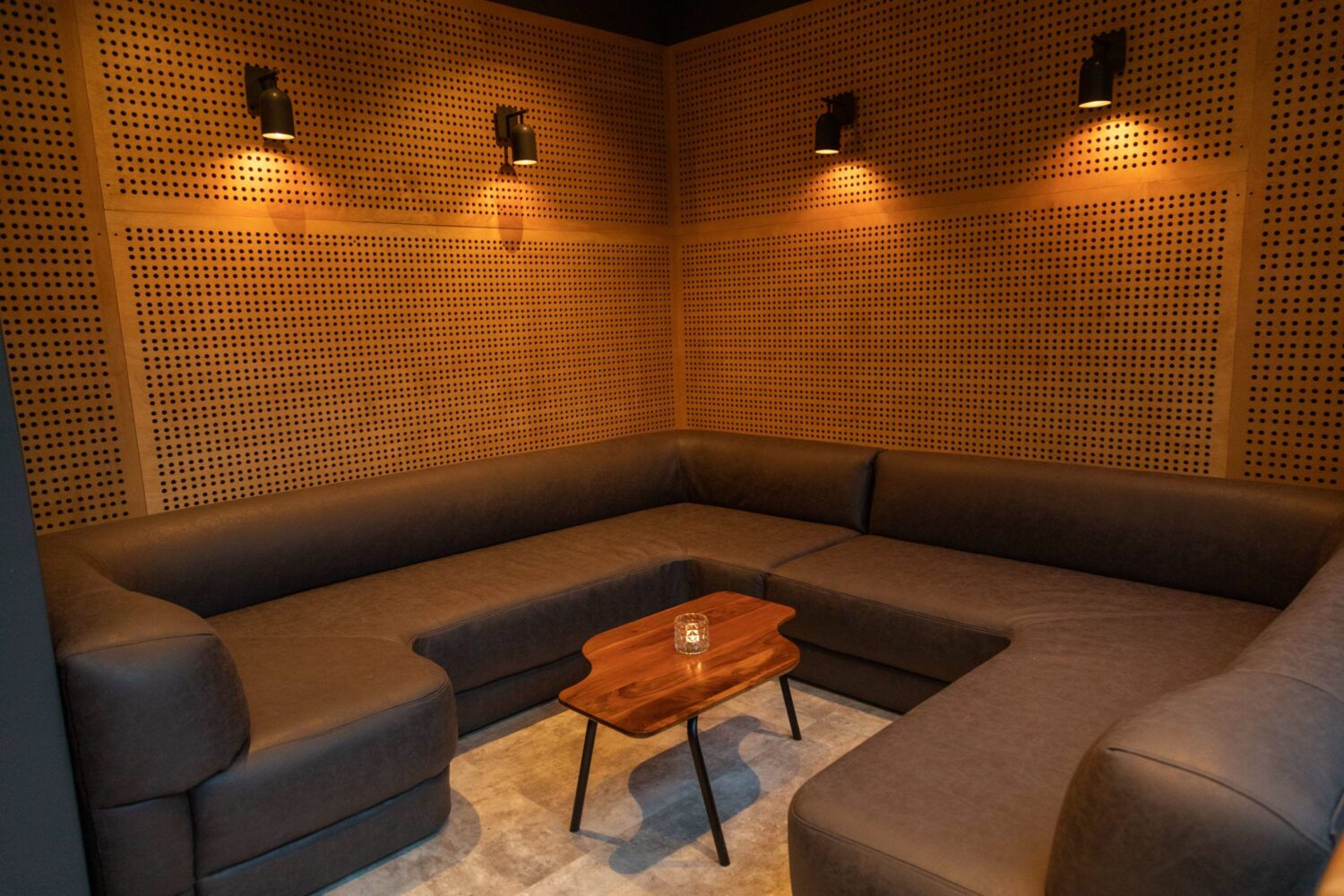
A sleek, elegant bar with lit up bottles and a tall ceiling, it may be a step away from the box-size dusty kissas of Tokyo, but with a vinyl-only DJ booth and stacks of records behind, it is self-consciously inspired by them. The U-Shaped couch is surrounded by smooth, maple wood with latticework comprised of Ben-Day dots, and is the ideal place for sitting back, relaxing, and listening. But like in Brazil, the listening bar has been rethought for a dance-prone culture, with the bar sometimes offering more up-beat events like braai parties with DJs, as well as a pop-up food program with a diversity of styles of food once a week.
1 Park Rd, Gardens, Cape Town, 8001, South Africa
Header image courtesy of Spiritland, London.